Bed Bug Exterminator DetroitOver 30 Years of Experience!
Contact One Of Our Bed Bug Experts!
Don’t call it a comeback
Bed bugs were mostly wiped out in America in the 1940s, but due to a number of factors - including changes in pesticide use, pesticide resistance, and an increase in international travel - they are once again on the rise. Bed bugs aren’t just back: they are quickly becoming one of the biggest nuisances imaginable for home and business owners all over the US. This means it is more important than ever to find a bed bug exterminator with the tools and experience to keep these pests from taking over your home or business!
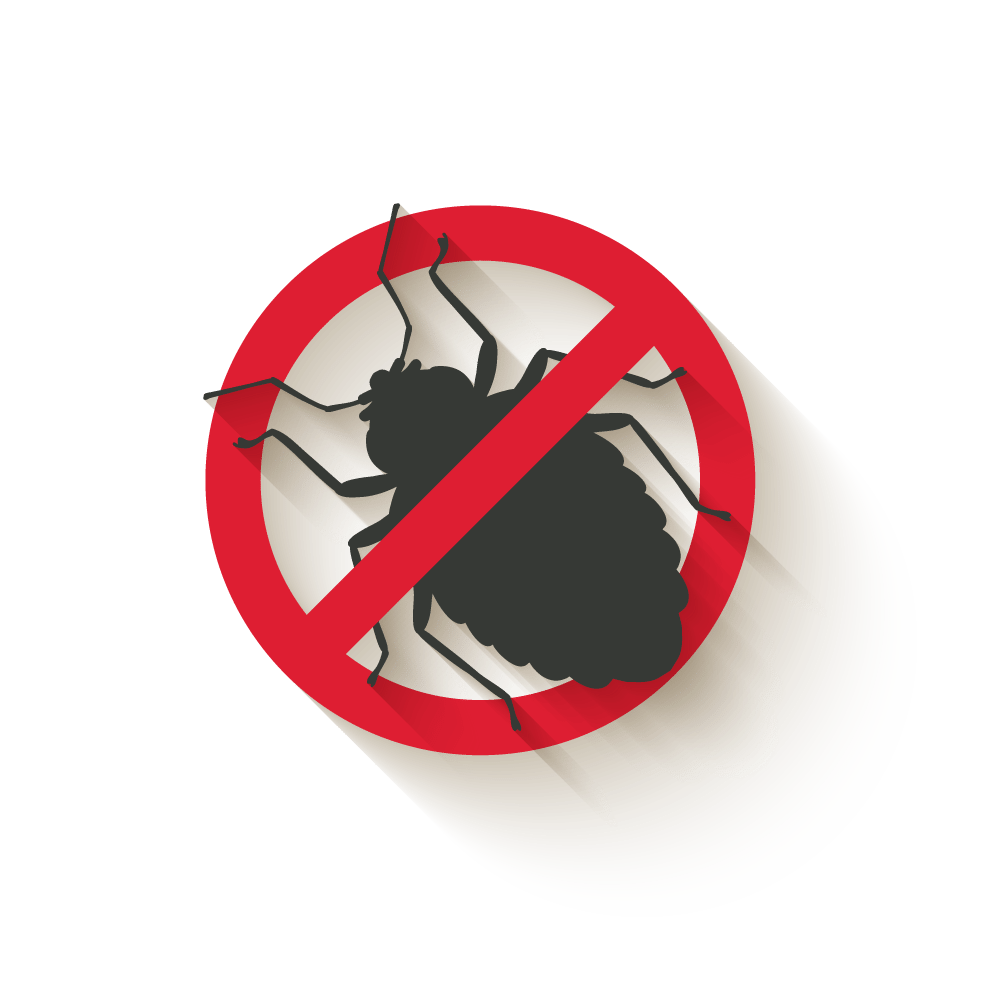
Cimex lectularius
- Kingdom: Animalia
- Phylum: Arthropoda
- Class: Insecta
- Order: Hemiptera
- Suborder: Heteroptera
- Infraorder: Cimicomorpha
- Superfamily: Cimicoidea
- Family: Cimicidae
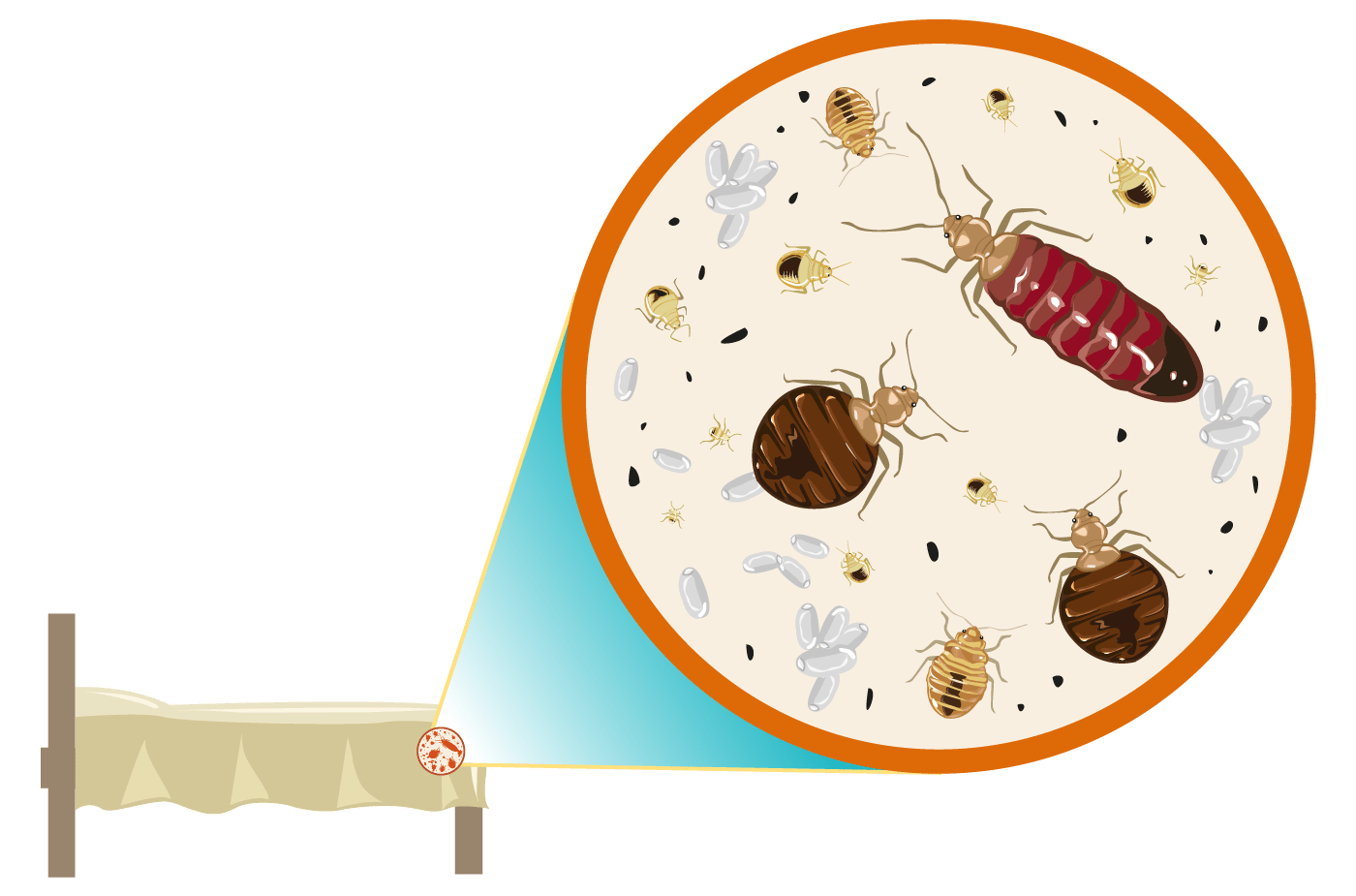
Bed Bugs at a Glance
- Small, flightless insects that feed on warm-blooded animals.
- Gray or brown in color but turn red after eating.
- Adults range from 4-7mm in size.
- Can survive several months between feedings.
- Not known to spread diseases.
- Feed primarily at night on sleeping victims.
- Large infestations can leave your home smelling like coriander.
Pronto Pest A Michigan Bed Bug Exterminator
At Pronto Pest Management we have over 30 years of experience helping home and business owners find and eliminate bed bugs. With our fully trained canine scent detection teams, we can quickly determine the location and extent of the bed bugs in your facility. Once the presence of these pests has been confirmed we will use the best treatment method available to ensure they are no longer a concern. You will not find a bed bug exterminator in Michigan with more expereince or dedication. Contact us today to schedule an inspection!
Bed Bug Treatment (248) 399-4298 - Pronto Pest
Identifying Bed Bugs
Bed bugs are round in shape and have short, flat bodies. These pests start off very small at around 1.5mm in length. Though by the time they reach adulthood, they will be about the size of an apple seed. As they mature, the bug's coloring will change from clear/tan to reddish brown.
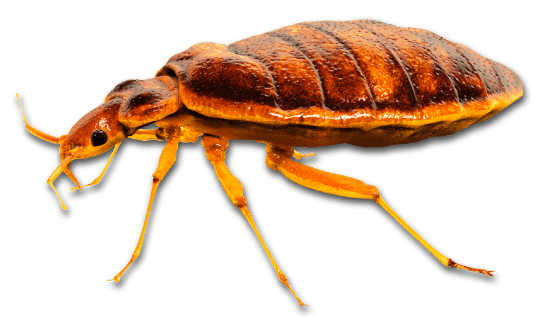
What to look for in your home
As bed bugs most commonly feed in the bedroom this is the area where the most evidence can be found. They tend to leave eggs and reddish fecal spots on your linens and mattress where you have been sleeping. A good place to start looking is underneath folds in your mattresses and box springs, as this is where they are most likely to sleep and lay their eggs. Other places you may find evidence of bed bugs include:
- Pleats of curtains
- Beneath loose areas of wallpaper
- Corners of desks and dressers
- In the crevices of furniture
- In laundry or other items on the floor of your bedroom
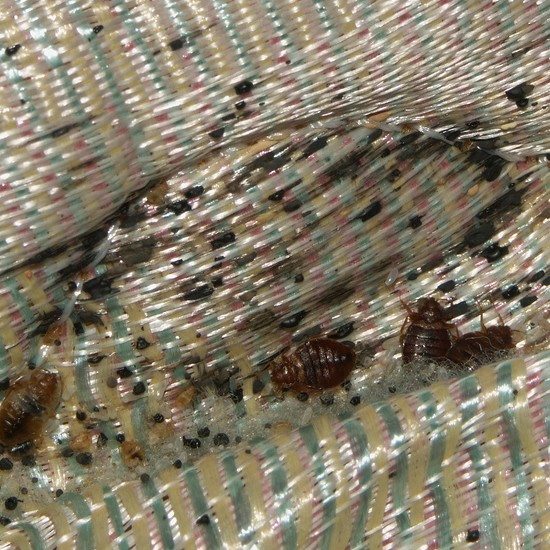 Bed bugs in a mattress
Bed bugs in a mattressIdentifying Bed Bug Bites
- Larger bumps that can reach up to 8 inches across.
- Blistering sores and sacs of pus.
- A rash that looks similar to hives.
 Bed Bug Bites
Bed Bug BitesHow are Bed Bugs Spread?
Bed bugs love to hitch a ride in the clothing and luggage of unsuspecting travelers. A female can lay as many as 500 eggs in their lifetime so as little as one reproductive pair making their way into your home can quickly lead to a full-blown infestation.Protect yourself with these traveling tips:
- When first checking into a room, inspect the mattresses and around the bed for signs of the insects.
- If you find any sign go to an entirely different location.
- When you first get home, put all clothes int the dryer and run it on the highest setting for at least 20 minutes.
- Thoroughly inspect all of your luggage for signs of the insects.
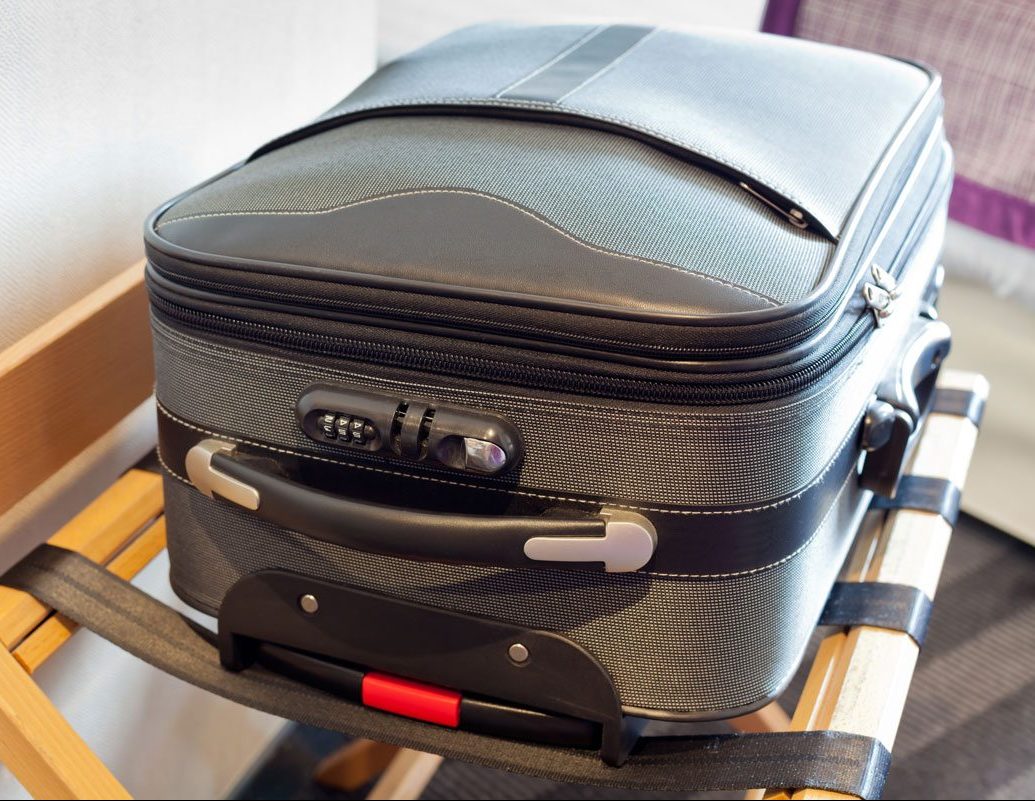
Early Detection
It can take a surprisingly long time to realize that you have a bed bug problem in your home. You’re unlikely to feel the bugs biting you at the time, and you may not even develop any bite marks - if you do, they could be mistaken for a rash, or for the bite of another insect, such as a mosquito. And although bed bugs - and their eggs, fecal spots, and blood spots where they have been crushed - may be visible to the naked eye, humans are only around 40% - 50% accurate in spotting them. They can easily be mistaken for other insects such as carpet beetles.
However, it’s very important to diagnose a bed bug problem accurately and early, so that you can take the steps above to prevent it becoming an infestation. That’s why more and more Americans are turning to a method which clinical studies have demonstrated to have a 98% accuracy rate in detecting bed bugs: canine scent detection.
These teams of dogs are bred for their keen noses, specially trained to locate live bed bugs and their eggs, and small and agile enough to get into the cramped spaces of your home where bed bugs may be lurking. Call a pest control professional with a canine scent detection team when you first suspect a case of bed bugs, and again after treatment to be sure that all bugs and eggs are gone. If you run an apartment complex, dorm, nursing home or any similar multi-occupancy building, it’s a good idea to call in the canines several times a year to proactively look for any traces of bed bug activity.
It’s worth noting that not every canine scent detection team can guarantee accuracy, so be sure to pick a pest control professional certified by NESDCA, the National Entomology Scent Detection Association.
